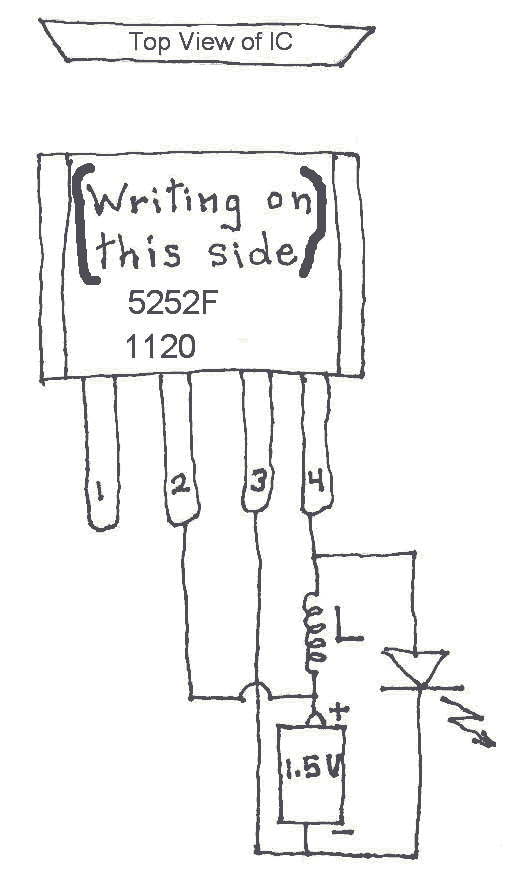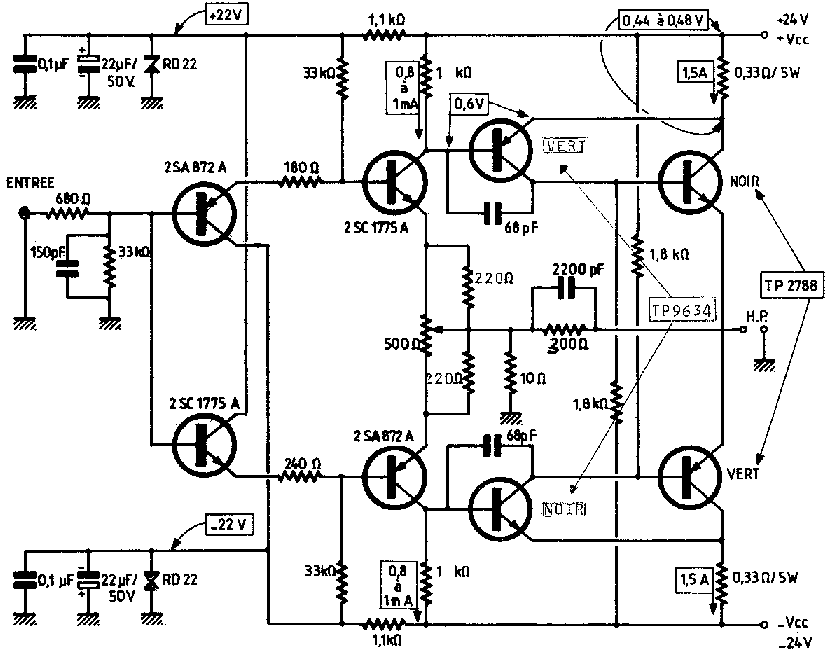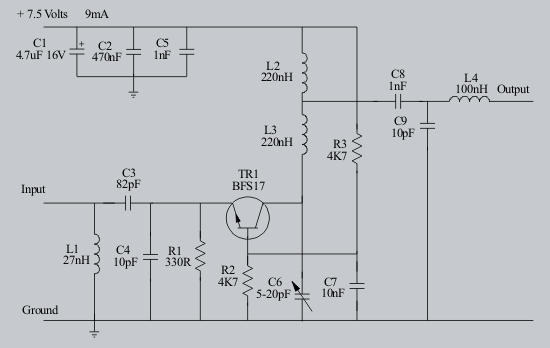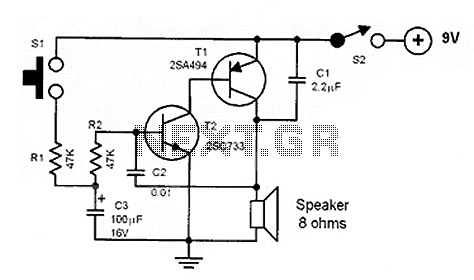
Modern Joule Thief Circuits

Many Joule Thief circuits traditionally rely on a bulky toroidal inductor that requires careful winding with copper wire. However, there are now compact 4-legged integrated circuits (ICs) available that can perform the same function using only a simple inductor, a single-cell battery, and an LED. Essentially, these 4-legged ICs serve as a replacement for the cumbersome toroid. This discovery was made while disassembling solar-powered yard lights, where a 4-legged IC and a small inductor, which resembled a resistor, were found soldered onto a small circuit board along with wire attachment points. The components were removed, and wires were attached to them for testing and further understanding of the circuit on a standard breadboard.
The Joule Thief circuit is a minimalist power converter that efficiently boosts the voltage from a single-cell battery (typically 1.5V) to a level sufficient to illuminate an LED, often around 3V to 3.5V. The primary components of this circuit include the compact 4-legged IC, a small inductor, a diode, and a capacitor, along with the battery and LED.
The 4-legged IC serves as the control unit, managing the switching of current through the inductor. This switching action generates a magnetic field in the inductor, which, when interrupted, induces a voltage spike that is rectified by the diode to power the LED. The inductor's physical size has been minimized without sacrificing performance, allowing for a more compact design that is ideal for applications where space is a constraint, such as in solar-powered devices.
In practical applications, the circuit can be assembled on a breadboard to facilitate prototyping and testing. The simplicity of the layout typically involves connecting the battery to the input of the IC, with the output connected to the LED through the diode. The inductor is connected in series with the IC, allowing it to perform its function of energy storage and voltage boosting.
The use of a small inductor, which may appear similar to a resistor, is crucial in maintaining the efficiency of the circuit. The inductor needs to be selected based on its inductance value, which affects the switching frequency and overall performance of the Joule Thief circuit.
This modern approach to Joule Thief design not only simplifies the construction process but also enhances the reliability and portability of low-power electronic devices, making it a valuable innovation in the field of electronics. The integration of these components into a single compact package opens up new possibilities for energy-efficient applications in portable and renewable energy systems.It seems that many Joule Thief circuits depend on a clunky (bulky and heavy) toroid or donut that has to be carefully wound with copper wire. But now there are several very small 4 legged ICs available that do the job using only a simple inductor, single cell battery and a LED. In effect, the 4 legged IC replaces the clunky toroid. I came across these ICs when I disassembled some solar powered yard lights. I looked for a toroid but only found a four legged IC and a part that looked like a resistor but actually was a very physically small inductor (coil). Both of these parts along with wire attachment points were soldered to a small circuit board. I was able to remove parts, attach wires to them and assemble them on a Radio Shack type of Breadboard to test and better understand this circuit.
🔗 External reference
The Joule Thief circuit is a minimalist power converter that efficiently boosts the voltage from a single-cell battery (typically 1.5V) to a level sufficient to illuminate an LED, often around 3V to 3.5V. The primary components of this circuit include the compact 4-legged IC, a small inductor, a diode, and a capacitor, along with the battery and LED.
The 4-legged IC serves as the control unit, managing the switching of current through the inductor. This switching action generates a magnetic field in the inductor, which, when interrupted, induces a voltage spike that is rectified by the diode to power the LED. The inductor's physical size has been minimized without sacrificing performance, allowing for a more compact design that is ideal for applications where space is a constraint, such as in solar-powered devices.
In practical applications, the circuit can be assembled on a breadboard to facilitate prototyping and testing. The simplicity of the layout typically involves connecting the battery to the input of the IC, with the output connected to the LED through the diode. The inductor is connected in series with the IC, allowing it to perform its function of energy storage and voltage boosting.
The use of a small inductor, which may appear similar to a resistor, is crucial in maintaining the efficiency of the circuit. The inductor needs to be selected based on its inductance value, which affects the switching frequency and overall performance of the Joule Thief circuit.
This modern approach to Joule Thief design not only simplifies the construction process but also enhances the reliability and portability of low-power electronic devices, making it a valuable innovation in the field of electronics. The integration of these components into a single compact package opens up new possibilities for energy-efficient applications in portable and renewable energy systems.It seems that many Joule Thief circuits depend on a clunky (bulky and heavy) toroid or donut that has to be carefully wound with copper wire. But now there are several very small 4 legged ICs available that do the job using only a simple inductor, single cell battery and a LED. In effect, the 4 legged IC replaces the clunky toroid. I came across these ICs when I disassembled some solar powered yard lights. I looked for a toroid but only found a four legged IC and a part that looked like a resistor but actually was a very physically small inductor (coil). Both of these parts along with wire attachment points were soldered to a small circuit board. I was able to remove parts, attach wires to them and assemble them on a Radio Shack type of Breadboard to test and better understand this circuit.
🔗 External reference
Warning: include(partials/cookie-banner.php): Failed to open stream: Permission denied in /var/www/html/nextgr/view-circuit.php on line 713
Warning: include(): Failed opening 'partials/cookie-banner.php' for inclusion (include_path='.:/usr/share/php') in /var/www/html/nextgr/view-circuit.php on line 713





